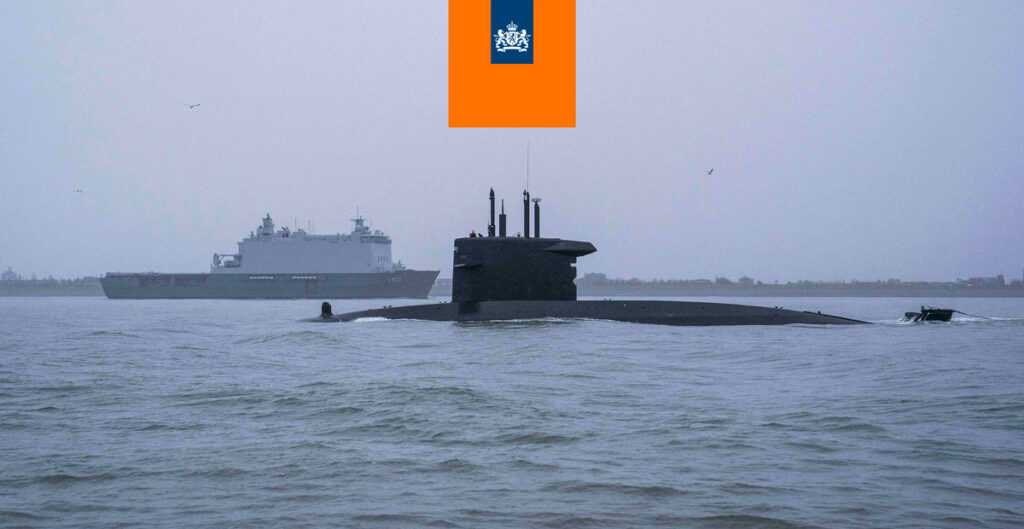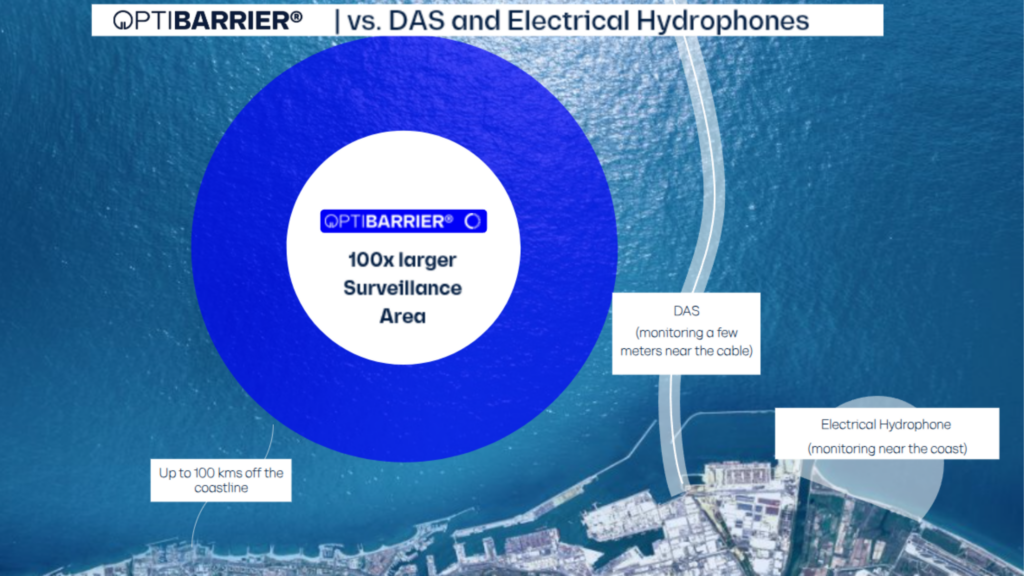In the intricate world of power network management, a question that frequently surfaces among technologists and network managers is whether Partial Discharge (PD) sensing alone is robust enough to shield our networks from the looming threat of failure. While PD sensing has proven to be a crucial line of defense, a deeper exploration into a broader array of technologies and strategies reveals the path to truly fortifying our power networks.
PD Sensing – A Sturdy, Yet Partial Guardian
PD sensing has firmly established itself as a critical tool in the arsenal for monitoring and protecting power networks, especially within the realm of critical cable accessories. It covers a significant portion of potential failures, mitigating up to 75% of them. However, this leaves a gap that could potentially lead to disruptions and unforeseen failures, highlighting the need for a more comprehensive approach.
Merging Technologies – Crafting a Hybrid Shield
The complex nature of power networks requires a multifaceted strategy, combining PD sensing with other measurement systems like temperature sensing and vibration monitoring. This hybrid approach ensures a more thorough protection of the cable systems, significantly reducing the risk of latent failures.
High Voltage Considerations – A Special Focus
High Voltage environments pose unique challenges and are particularly prone to failures. An enhanced monitoring strategy is critical in these scenarios to prevent potential cascading effects within the network, ensuring the reliability and stability of HV systems.
Envisaging a Comprehensive Protective Strategy
A truly comprehensive strategy for protecting power networks encompasses a blend of advanced technology, strategic planning, and continuous innovation. It involves integrating PD sensing with other technologies and aligning them with strategic network management, predictive maintenance, and rapid response protocols. This holistic approach ensures a robust defense against potential failures.
Continuous Innovation and Adaptation
The dynamic landscape of power networks requires our protective strategies and technologies to be adaptable, continuously evolving to address new challenges and potential failure modes. This commitment to innovation ensures the long-term reliability and resilience of power transmission and distribution networks.
Conclusion
To navigate the complexities of power transmission and distribution networks effectively, a protective strategy that extends beyond PD sensing is essential. By leveraging a combination of technologies, strategic planning, and continuous innovation, we can build an all-encompassing defense mechanism against potential failures. This not only secures our present but also paves the way for a future where the reliability and efficiency of power networks are guaranteed.
For electrical engineers seeking to delve deeper into crafting comprehensive protective strategies for power networks or to explore the latest innovations in PD sensing and hybrid monitoring technologies, we invite you to reach out to our experts at Optics11. Our team is dedicated to providing advanced solutions that meet the unique challenges of modern power networks, ensuring their safety, reliability, and efficiency.
Contact Optics11 today to explore how our cutting-edge technologies and strategic insights can help safeguard your critical assets and fortify your power networks against the unforeseen. Contact »










